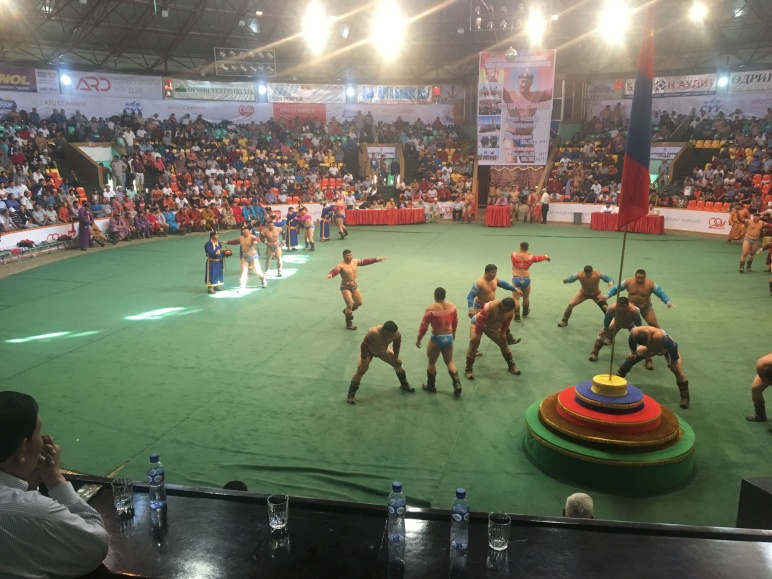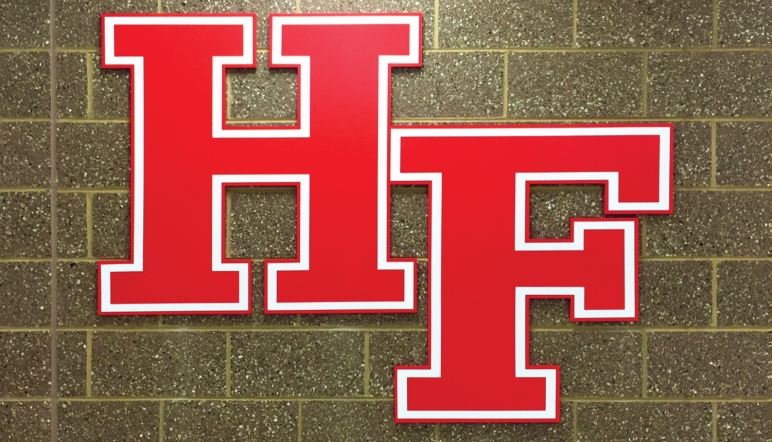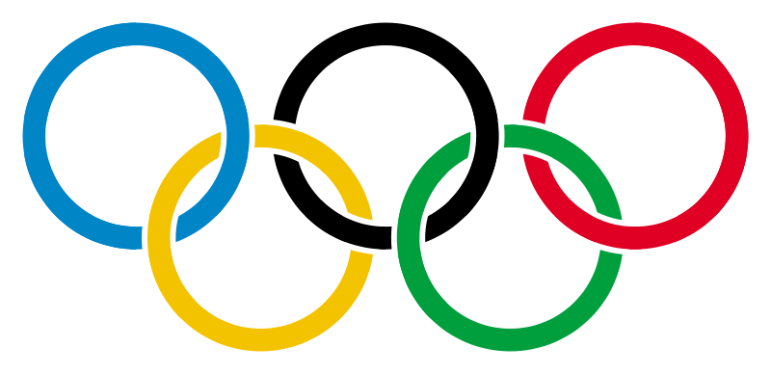Closing the Gap with Japan
by Shannyn J. Gillespie
IG: @coachshannyntalks
FB: @coachshannyn.com
What’s the difference between Japan and USAs female wrestling programs?
- Japan has won 16 of 24 Olympic Gold Medals (China 2, Canada 2, USA 2, Germany 1, Ukraine 1)
- Japan has won 24 of 31 World Championship Team titles (China 2, Russia 2, USA 1, Norway 1, Azerbaijan 1)
- Japan has won 11 of 18 World Cups (China 6, USA 1)
- Japan has won 91 individual gold medals at the World Championships (China 26, France 22, USA 20)
After attending Japan wrestling training camps in 2007, 2008, 2009, & 2012, the author suggests…
Historically, the answer to the question above is medals won at the Olympic Games & World Championships. But that is only a short, results driven answer. This paper attempts to unravel some other differences that provide reasons for the results.
The author believes there are several differences (and one main difference) that determine the results of either program. One difference is the superstar status successful female wrestlers are given in Japan. Another difference is the lack of stigma attached to female wrestling in Japan. The final difference, and the main difference, is folkstyle versus freestyle when most females start wrestling & competing here in the US as compared to Japan.
Folkstyle versus freestyle
In The Great Debate for Female High School Wrestlers: Freestyle or Folkstyle, several US female collegiate wrestling head coaches and exceptional women wrestlers stated that the reason Japan has better results in freestyle wrestling — is because Japan’s females start wrestling and mastering freestyle from Day 1. The author believes this too and also offers this trickle down theory (or trickle up theory).
Because beginner Japanese female wrestlers start mastering freestyle from Day 1, this must mean they are being taught freestyle wrestling by their coaches. On the surface, that statement seems obvious. But take a deeper look at the next couple of sentences…
This also means that most or all the coaches in Japan are teaching only 1 style of wrestling to beginners. This also means there is no transition from folkstyle to freestyle for beginners or elite level wrestlers. This also means that those Japanese coaches (without trying to) are working together for a common cause — “Help our female wrestlers master freestyle wrestling for Japan.”
Juxtaposition
If the last paragraph’s statements are facts, does this mean the opposite is true in the US? In the States, all high schools that sanction high school wrestling state championships for boys or girls sanction folkstyle wrestling. Many high school females start wrestling in high school and may or may not ever learn freestyle during the off-season (many female wrestlers enter college with little to no freestyle training). Also, many male high school coaches may not teach freestyle (or have ever wrestled freestyle) in the off-season.
In the US, many male high school coaches that participated in athletics in college, participated in folkstyle sanctioned wrestling for either of these collegiate athletics governing bodies: NCAA, NAIA, or NJCAA. If many US male high school wrestling coaches have never wrestled freestyle nor do not teach freestyle wrestling to females — those coaches may be at a disadvantage to prepare female freestyle wrestlers if compared to their Japanese wrestling coaching counterparts (or most women’s wrestling college coaches).
Superstar or Stigma
In many countries around this planet, professional champions of basketball, soccer, football, baseball, & ice hockey are regarded and treated as superstars. A similar feeling of gratitude is given to Olympic athletes around the globe in many Olympic sports that appear on television. In Japan, women wrestlers who have won Olympic & World medals are treated like superstars similar to the preceding sentences.
This is mentioned because a main reason many young females join sports and aspire to be champions — is because of their sport role models and there is no related stigma attached to that sport. In fact, it’s the complete opposite of a stigma i.e. many, many people approve & encourage females to join that sport.
In Japan, females are encouraged to join freestyle wrestling (at all levels) and to emulate their respective superstar role models!
At this writing, 34 States have sanctioned & approved a high school girls wrestling state championship tournament in folkstyle wrestling. This is progress! The author also submits that when all high schools that have a boys high school wrestling team approve (promote, recruit, & encourage) a girls wrestling team at their school, the female wrestling stigma will begin to lessen and female wrestling opportunities will become more limitless…
Imagine this:
- All coaches that promote, recruit, & encourage boys to wrestle also promote, recruit, & encourage girls to wrestle
- The successful boys wrestling teams in your State also have successful girls wrestling teams in your State
- Girls high school wrestling uses modified folkstyle rules that are very similar to freestyle rules
Imagine wrestling participation in US high schools doubling!!
Imagine that!!!!
Conclusion
Three solutions to closing the gap with Japan’s women’s wrestling program are highlighted in the last paragraphs. Those 3 ideas will help US female wrestlers with the transition to freestyle wrestling and lead to lessening the stigma for female wrestling in the US. The domino effect (US female wrestling participation growth) will also happen with those 3 solutions…
For more than 3 solutions to close the gap with Japan, check out this page and at the bottom of the article How to Become a Woman College Wrestler.
Copyright © by Coach Shannyn, All rights reserved







